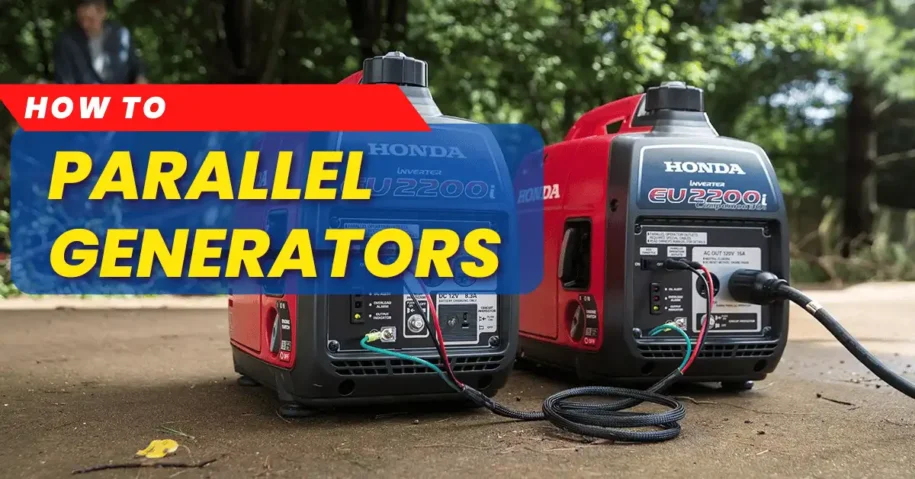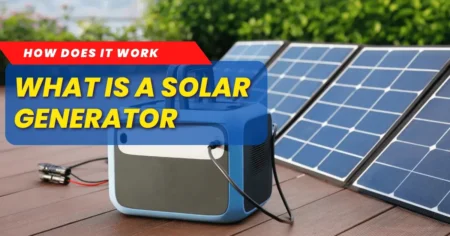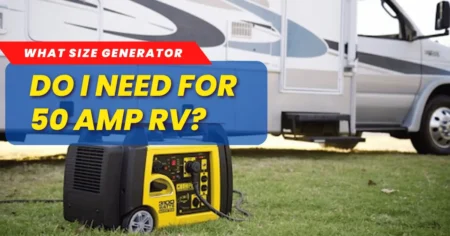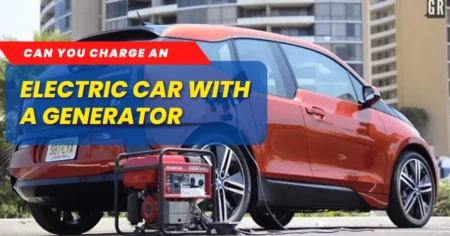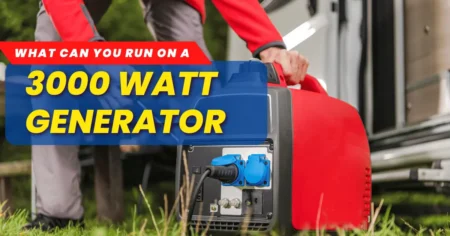Parallel generators mean using two or more generators simultaneously. This helps manage larger loads. Paralleling generators is not just for emergencies; it also increases efficiency.
Why Parallel Generators?
There are many reasons for parallel generators. Here are some key benefits:
Increased Power Capacity
Combining generators gives you more power. When you parallel generators, their combined output can handle larger loads that a single generator cannot manage.
Redundancy
If one generator fails, the others can still work. This ensures a continuous power supply, which is crucial for critical applications.
Maintenance
You can maintain one generator while the others run. This way, you don’t need to shut down the entire power system for maintenance.
Fuel Efficiency
Smaller generators can be more fuel-efficient. Running multiple smaller generators can optimize fuel usage, especially under varying loads.
Basic Requirements for Paralleling Generators
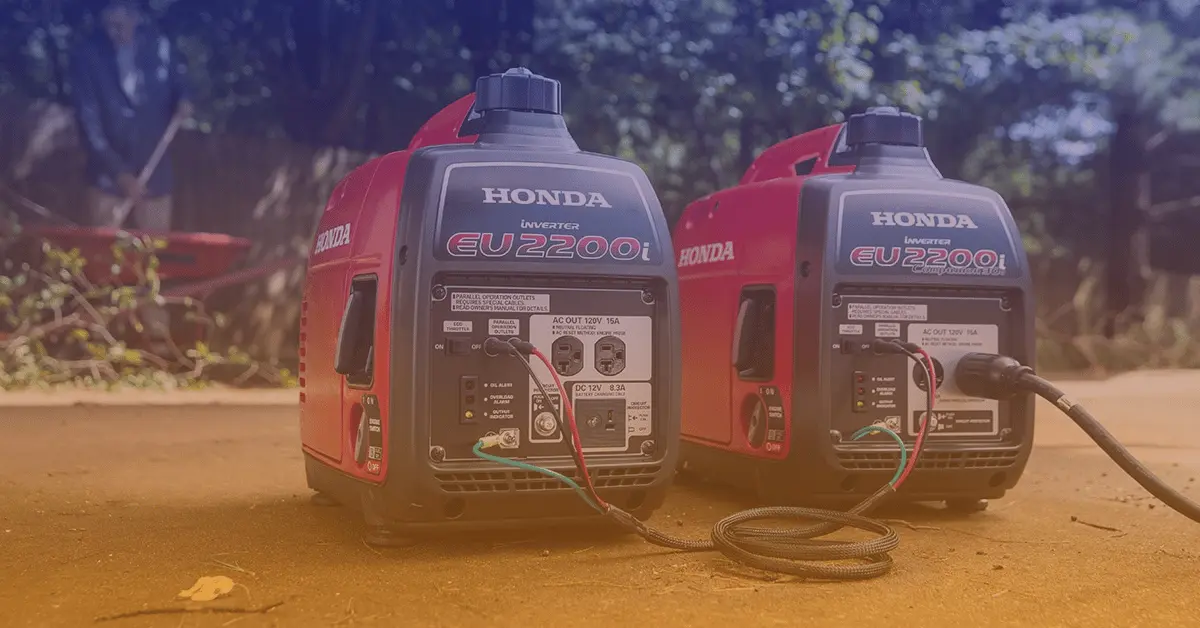
Before you start, you need to meet some basic requirements:
- Voltage Rating: Generators must have the same voltage rating.
- Frequency Rating: They should have the same frequency rating.
- Phase Matching: Generators must be in phase with each other.
- Load-Sharing Capabilities: They should have similar load-sharing capabilities.
Tools You Will Need
Here are some tools you will need for paralleling generators:
- Synchronization panel
- Load-sharing control unit
- Voltage regulator
- Frequency meter
Steps to Parallel Generators
Follow these steps to parallel generators safely and efficiently:
Step 1: Check Compatibility
Ensure both generators have similar ratings. They must also have the same voltage and frequency, which is crucial for safe operation.
Step 2: Set Up Synchronization Panel
A synchronization panel helps match the generators. It aligns their voltage, frequency, and phase. Install the panel between the generators.
Step 3: Adjust Voltage and Frequency
Adjust the voltage with the voltage regulator. Make sure both generators have the same voltage. Use the frequency meter to match their frequency.
Step 4: Align the Phase
Phasing is critical. Use the synchronization panel to align the phases. This ensures smooth operation.
Step 5: Connect the Generators
Once everything is matched, connect the generators. Use heavy-duty cables for the connection.
Step 6: Monitor Load Sharing
After connecting, monitor the load sharing. Make sure both generators share the load equally, and adjust if needed.
Safety Measures
Safety is paramount when paralleling generators. Here are some safety tips:
- Wear Safety Gear: Always wear gloves and goggles.
- Check Connections: Ensure all connections are tight and secure.
- Avoid Overloading: Do not exceed the load capacity.
- Regular Maintenance: Regularly check and maintain generators.
Common Mistakes to Avoid
Here are some common mistakes people make:
- Ignoring Compatibility: Always check compatibility.
- Skipping Phase Alignment: Never skip this step.
- Overloading: Avoid overloading the generators.
Frequently Asked Questions
What Are Parallel Generators?
Parallel generators share load between two or more units, increasing efficiency and reliability.
Why Parallel Generators?
Parallel generators provide redundancy balance load and prevent outages.
How To Synchronize Generators?
Synchronize generators by matching voltage, frequency, and phase sequence before connection.
What Equipment Is Needed?
Required equipment includes a synchronizing panel, load-sharing module, and circuit breakers.
Conclusion
Paralleling generators can be handy. It increases power and efficiency. However, it requires careful planning and execution. Always follow safety measures. Make sure to check compatibility and alignment. With proper steps, you can successfully parallel generators.

